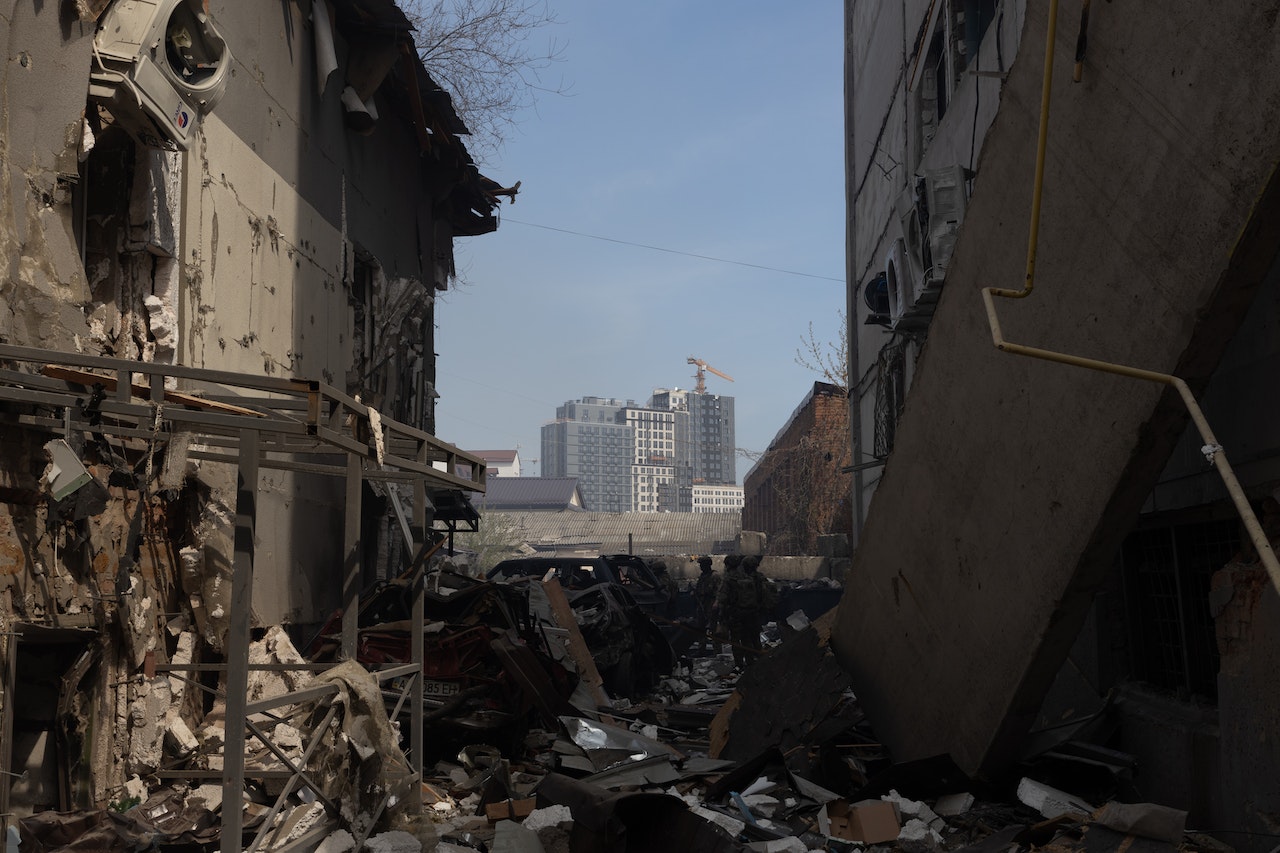Photo by: David Peinado Source: Pexels
Earthquakes, with their sudden and unpredictable nature, can be genuinely unsettling. Though we can’t stop them, we can certainly prepare for them, ensuring our safety and the well-being of our loved ones. This guide is designed to give you the knowledge and tools to better prepare for and survive an earthquake.
Table of Contents:
- Grasping the Ground Reality
- Pre-Earthquake Preparation
- Crafting an Emergency Kit
- Actions to Take During an Earthquake
- Post-Earthquake Safety Measures
- Preparing Your Home for Earthquake Resilience
- Special Preparations
- Conclusion
1. Grasping the Ground Reality
a. The Nature of Earthquakes: Earthquakes are the shaking of the Earth’s surface, caused by the breaking and shifting of underground rocks.
b. Measuring Magnitude: The Richter scale quantifies the size of earthquakes. Small tremors often go unnoticed, but major quakes can cause extensive damage and loss of life.
2. Pre-Earthquake Preparation
a. Understand Your Risk: Determine if you live in an earthquake-prone area by checking geological surveys and local data.
b. Earthquake Drills: Practice “Drop, Cover, and Hold On” drills regularly.
c. Emergency Contacts: Ensure all family members know emergency numbers and establish a safe meeting point post-quake.
d. Secure Heavy Items: Fasten shelves, heavy appliances, and other large items to walls to prevent tipping.
3. Crafting an Emergency Kit
Equip your survival kit for at least 72 hours. Essentials include:
- Water: Minimum of one gallon per person per day.
- Non-perishable Food: Ready-to-eat canned goods, protein bars.
- Manual Can Opener
- Battery-powered Radio with Extra Batteries: For updates.
- Flashlights
- First Aid Kit
- Medications and Special Needs Items
- Whistle: To signal for help.
- Face Masks: To filter contaminated air.
- Important Documents: Copies of insurance papers, identification, and bank account records in a waterproof container.
- Cash: In small denominations.
- Local Maps: To navigate disrupted routes.
4. Actions to Take During an Earthquake
a. Indoors: Drop to the ground, take cover under a sturdy table or against an interior wall away from windows. Hold on until the shaking stops.
b. Outdoors: Move to a clear area, away from trees, buildings, streetlights, and utility wires. Drop to the ground.
c. Driving: Pull over and stop in a safe location. Avoid bridges, overpasses, and power lines. Stay inside the vehicle until the shaking stops.
d. Trapped Under Debris: Avoid shouting. Use a whistle or tap on a pipe or wall to signal for help.
5. Post-Earthquake Safety Measures
a. Expect Aftershocks: These are smaller quakes that can follow the main shock. Stay vigilant.
b. Check for Injuries: Provide first aid as necessary and seek medical attention for serious injuries.
c. Listen to the Radio or TV: Get the latest updates and instructions from local authorities.
d. Be Careful with Gas Lines: If you smell gas or hear a hissing sound, turn off the gas and open windows.
e. Check Water, Gas, and Electric Lines for Damage: If damaged, shut off services.
6. Preparing Your Home for Earthquake Resilience
a. Building Structure: Hire a professional to ensure your house meets earthquake-resilient standards.
b. Flexible Fittings: Use flexible fittings for gas appliances to avoid leaks.
c. Secure Utilities: Anchor water heaters and gas appliances to wall studs.
d. Reinforce Walls: Strengthen cripple walls with plywood.
e. Roof and Chimney: Check and repair deep cracks in ceilings and foundations. Secure the chimney and roof.
7. Special Preparations
a. For Pets: Have a pet emergency kit with food, water, and other essentials.
b. For Young Children: Teach them earthquake safety measures. Baby-proof the environment to secure heavy items and sharp objects.
c. For the Elderly and Disabled: Consider special needs, like battery-operated wheelchairs, oxygen, or medications.
8. Conclusion
The sheer might of nature, especially during phenomena like earthquakes, can be humbling. While we cannot control these events, with knowledge and preparation, we can control our response to them. By preparing adequately, practicing safety drills, and ensuring our surroundings are as safe as possible, we not only safeguard our lives but also bring peace of mind. Remember, preparation today can prevent panic tomorrow. Stay safe and stay prepared.



